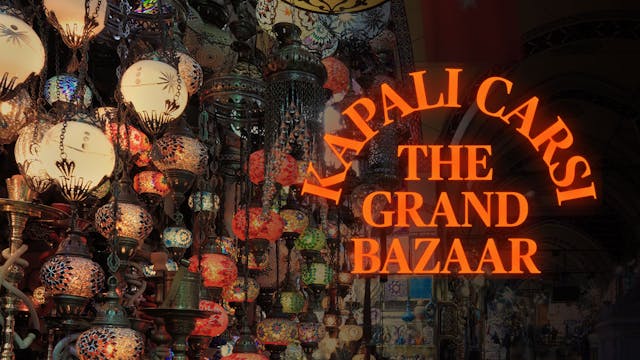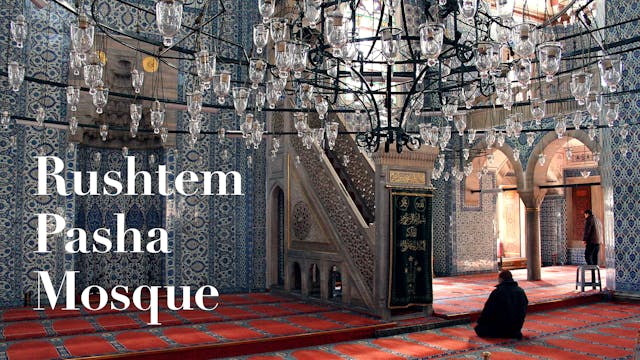A Spring of Tranquility: Eyup Sultan
Treasures of Turkey
•
Documentary, History, Special Interest, Travel
During Sultan Mehmet the Conqueror's siege of Constantinople (now Istanbul), Aksemseddine discovered the tomb of Abu Ayyub al-Ansari, one of the companions of the Prophet Muhammad. The Turksih Army considered this an early sign of the conquest's success. After the conquest of Constantinople, Mehmet the Conqueror ordered a mausoleum to be built around the tomb, and a mosque was constructed right next to it. Around the area of the holy tomb and the mosque, a Turkish neighbourhood was formed which developed rapidly. This holy township became the first settlement area of the Turks. It was named after Eyup Sultan, the companion of the Prophet Muhammad.
The spiritual importance of Eyup Sultan was acknowledged by the State as well, and the sword girding ceremonies of the Ottoman sultans were held at this site. For centuries, Eyup Sultan has been a spiritual citadel in Istanbul. The tomb of Eyup Sultan has become the biggest yearning and dream of the residents of Istanbul, who wanted to have their last slumber near him. And throughout the Ottoman era, those who have felt this yearning have gathered around him. With the surrounding graves and tombs, the area became the most favoured ""City of the Dead"" in Istanbul. People have made numerous architectural donations around the Eyip Sultan Mausoleum, and the Eyup district was covered with various works reflecting the spirit and elegance of the Ottoman period.
Up Next in Treasures of Turkey
-
Haghia Sophia: Sacred Wisdom
A wonder of the world dedicated to Sacred Wisdom. One of the most glorious monuments of human history with its beauty, architectural proportions and harmony making it a spectacular singular structure. For 916 years this monument had been the treasure of the Byzantine Empire and the centre of the ...
-
Kapali Carsi - The Grand Bazaar
The capital marketplace of a global empire, spanning three continents. Shaped around the "Cevahir and Sandal Bedestens (markets)" throughout the period of 250 years, the Grand Bazaar is an intricate web of streets. The plan and architecture, which were shaped freely with time and changing needs, ...
-
A Symphony of Tiles: Rustem Pasha Mosque
The Rustem Pasha Mosque is renowned for the extraordinary ceramic tiles it houses, which flow from the façade to the interior. An astonishing gallery of art where all motifs used in Iznik tiles in Turkey. The 41 different types of tulip motifs in the mosque can give an idea of the richness of the...



